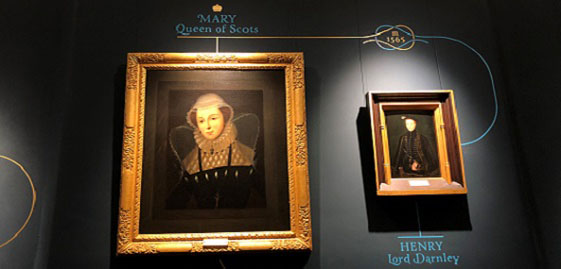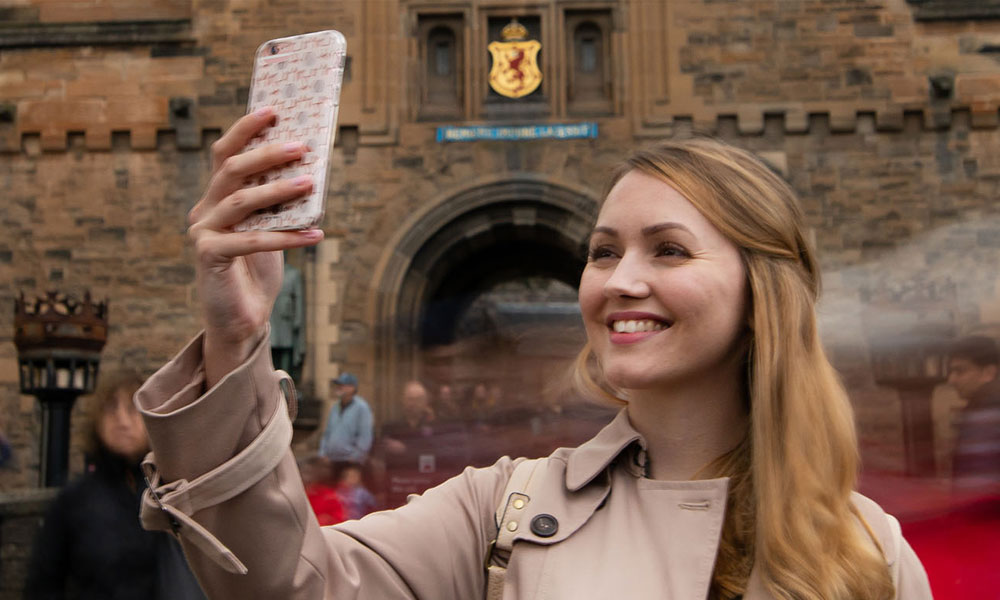There’s Something About Mary

29 August 2018
If you have visited the castle recently you may have noticed the works taking place in the Mary Room within the Royal Palace. If not, keep reading as we are about to tell you all about it!
A wee bit of history
The Mary Room was indeed Mary Queen of Scots’ bedchamber. In 1566, after a long and difficult labour, she presented her new-born son James to Scotland’s leading noblemen in the room. She was showing them that she had an heir to the throne and that the future of the Stuart dynasty was safe. As it turned out, the Queen herself was far from safe – she was deposed 13 months later. Long after James had left Scotland to take the English throne, the room was converted to military use and at one point was even a bar for soldiers. Now it is open to visitors eager to walk in Mary’s footsteps.
Watching Paint Dry
The walls of the Mary Room have been re-plastered and re-painted and are now adorned with portraits of the Queen’s Stuart dynasty – including Bonnie Prince Charlie. We have also installed new lighting so you can view the paintings in all their glory. To help tell the story of the people in the portraits we have used signwriting directly onto the walls to show marriages and the line of succession – a royal family tree if you like! We caught up with signwriter Thomas Payne who undertook the work.
Writings on the Wall
The signwriting was applied using a mixture of modern and traditional techniques. All elements were designed and approved in advance then transferred onto the walls using a ‘pounce pattern’. Pounce patterns are full scale paper versions of the artwork outlined with a series of pin-pricks that follow the lettering. The patterns were positioned using a laser level, held with masking tape and transferred onto the wall. To transfer the pattern white chalk was used and hit through pin holes using a pounce pad. The patterns were them removed leaving a dotted outline as a guide for Thomas’s brush to follow.
The lettering was painted by hand with natural bristle brushes in peacock blue, one-shot enamel and imitation gold enamel. Enamel was used because of its slower drying time, which allowed intricate detail and perfect flow on the brush. Peacock blue was chosen to contrast with the darker blue walls and so visitors can follow the writing easily. Legibility is an important factor for the castle as a whole as we welcome visitors from all over the world. A Roman typeface was chosen and the spacing was increased between the letters to aid legibility. Each Scottish monarch was also given a crown above their name, surface gilded in 23ct gold leaf.
Next time you visit the castle, make sure you visit the Mary Room so you can see the portraits and also the signwriting that join them all together. How many gold crowns can you spot? Share your answers with us @edinburghcastle #edinburghcastle. Watch this space for our next blog revealing the story of the portraits chosen and the Stuart family tree.



